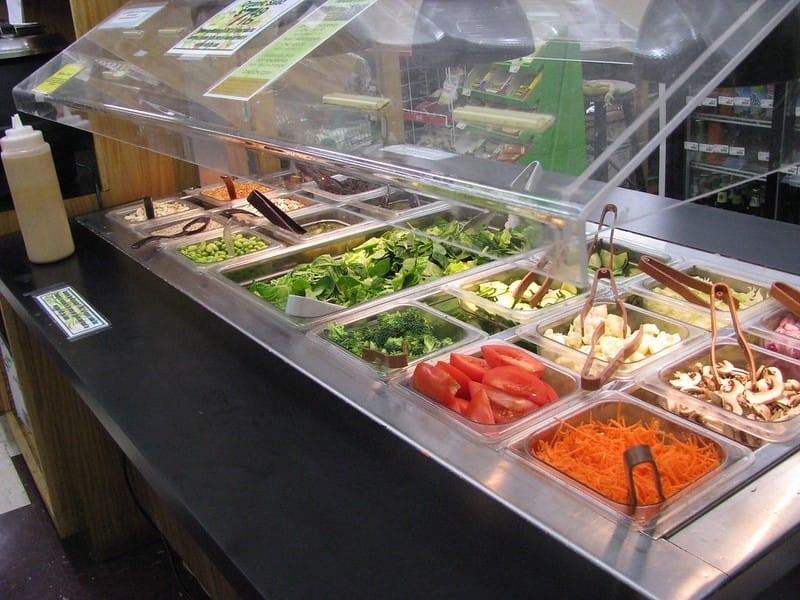Salad bars are popular options for guests who enjoy customizing their salads or like to peruse options before choosing their ingredients. Whether in a restaurant, school, hospital or other location that offers a salad bar service, certain food safety training measures must be taken in order to keep the fresh ingredients safe to eat. Let’s take a look at a few basic food safety training steps you should take if you operate a facility with a fresh salad bar.

Food Safety Training Tips to Salad Bars Free from Foodborne Illness Risks
When considering a salad bar, the first thing you must examine is the equipment that will be used when in operation. Salad bars should be contained within a refrigerated unit, or a stainless steel bin capable of holding enough ice to keep ingredients cold. These bins or countertop inserts should have adequate drainage for ice melt and be certified by appropriate restaurant equipment standards. Make sure your product is completely contained and submerged deep enough in the ice to keep food below ice level and that no product is directly stored in the ice bins themselves.
Once you have the proper equipment, steps must be taken to keep food cold. Whether you have a refrigerated unit or product stored in ice, frequent temperature checks should be made to ensure that all ingredients are stored at less than 41 degrees.
Finally, make sure that all product is properly rotated so that old product and new product are kept separated. Even if it’s one sad, lonely hunk of feta cheese left behind with new product, contamination could spread. Every time a container is emptied or refreshed, we strongly recommend exchanging it for a clean one.
Do you have any tips on how to keep salad bars fresh?


